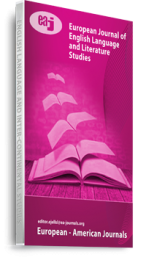Multimedia communication is ubiquitous in our daily life (Gambier, 2001). This study presents a descriptive and discursive analysis of how elements in humorous extracts from an American comedy series (Malcolm in the Middle) travel across linguistic and intercultural barriers in dubbing and subtitling (English-Persian). The analysis is based on several Translation Studies and Pragmatic methods as well as on taxonomy of humorous elements in audiovisual texts. The taxonomy was first proposed by Juan Jose Martinez-Sierra (2005) which consists of eight types of humorous loads including: (1) Visual, (2) Community-Sense-of-Humor, (3) Community-and-Institution, (4) Linguistic, (5) Non-Marked, (6) Paralinguistic, (7) Sound and (8) Graphic. These are used to (a) quantify and (b) analyze the humorous elements in the source and target texts, (c) calculate the percentage of humor in the source text that had been realized in the target version, (d) make observations on humor translation in the comedy series’ episodes, and finally, (e) create a list of translational tendencies, potential norms, in humor translation in multimedia texts. The results show that the rendered humorous pieces into Persian are lower in number than the original text. Moreover, the reduction of humorous elements is more noticeable in subtitling than dubbing.
Keywords: Dubbing, Humor taxonomy, Subtitling, translation

